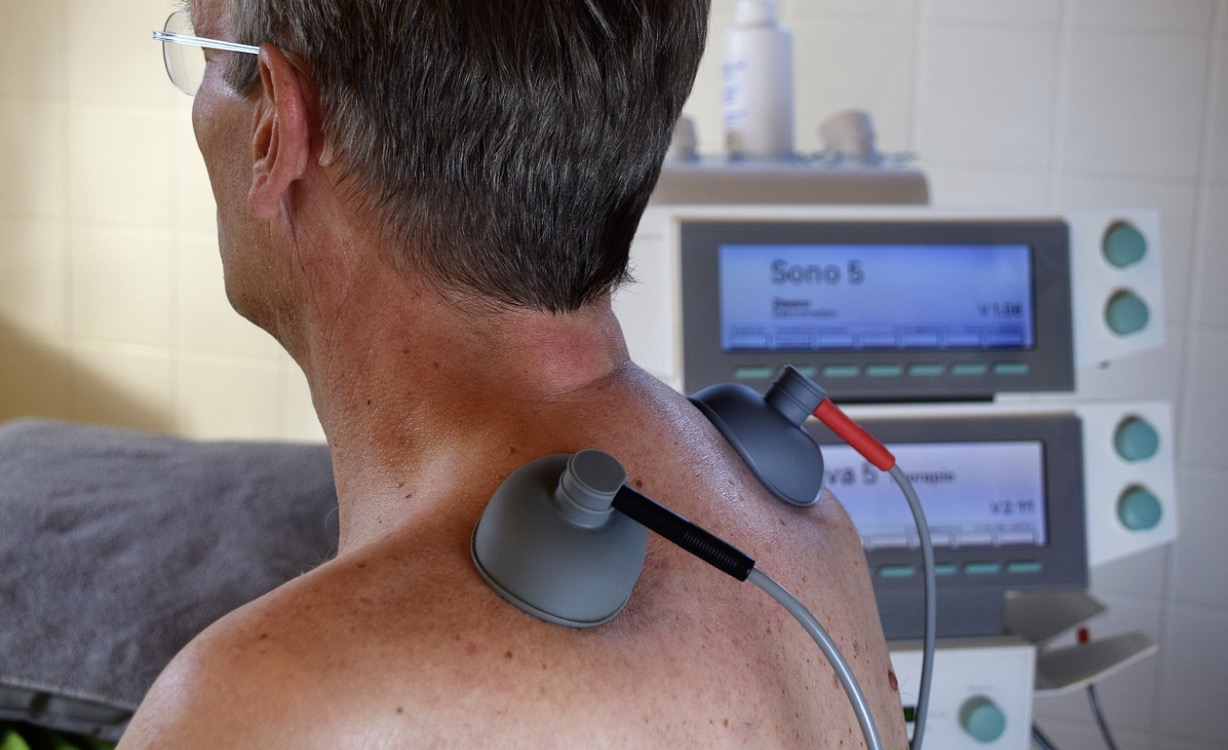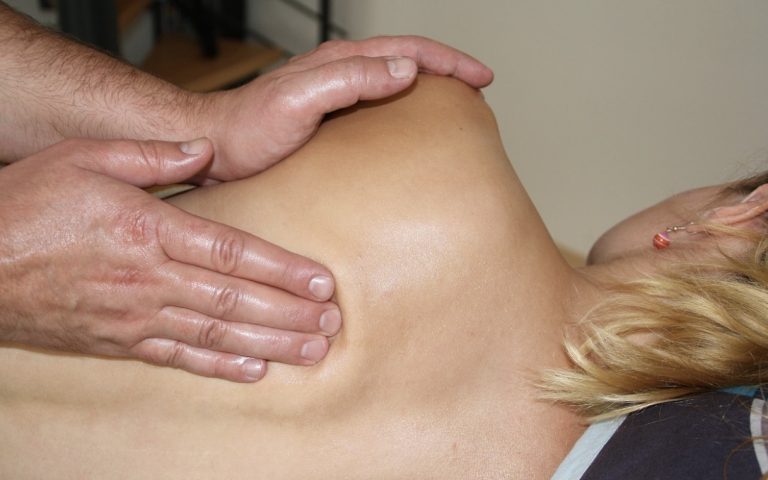In a world that constantly demands movement, maintaining and improving mobility is paramount to overall well-being. For many individuals, the challenges of limited mobility due to injury, surgery, or chronic conditions can be not only physically limiting but also emotionally and mentally taxing. This is where physical therapy emerges as a crucial ally in enhancing mobility. This comprehensive exploration will explore how physical therapy can play a transformative role in improving mobility, restoring independence, and fostering a higher quality of life.
Story Stages
Understanding Mobility and Its Challenges
Before discovering how physical therapy can enhance mobility, it is essential to grasp the concept of mobility itself. Mobility encompasses the ability to move freely and easily, involving a range of motion in various joints and the functionality of muscles and ligaments. According to a reputable physical therapist in Chicago, mobility challenges can arise from many factors, including injuries, surgeries, neurological conditions, or natural aging. For this reason, a comprehensive understanding of mobility challenges requires a holistic approach, considering the human body’s interconnected nature. Mobility is not a singular aspect but a complex interplay of various factors, with each factor contributing to the ability to move quickly and efficiently.
The Role of Physical Therapy in Rehabilitation
Physical therapy is a dynamic and personalized approach to rehabilitation that aims to address mobility issues through targeted exercises, stretches, and hands-on therapeutic techniques. For individuals recovering from surgeries, accidents, or injuries, physical therapy serves as a crucial component of the rehabilitation process. Therapists work closely with patients to design tailored programs that strengthen weakened muscles, improve joint flexibility, and promote overall mobility.
1. Customized Exercise Programs
Physical therapists employ a diverse range of exercises to target specific mobility issues. These exercises are carefully chosen based on the individual’s condition, considering factors such as age, fitness level, and the nature of the mobility challenge. Strengthening exercises, range-of-motion exercises, and balance training are standard components of customized programs, with therapists continually adapting the regimen to track progress and address evolving needs. Furthermore, the personalized nature of these exercise programs extends beyond the physical aspects, accounting for the psychological and emotional well-being of the individual. This holistic approach aims to enhance physical mobility and fosters a sense of empowerment and confidence, crucial elements in the journey toward improved overall mobility and wellness.
2. Joint Mobilization and Manual Therapy
Hands-on techniques, such as joint mobilization and manual therapy, play a pivotal role in physical therapy. Therapists use their hands to manipulate joints and soft tissues to improve range of motion, alleviate pain, and enhance overall joint function. This hands-on approach is particularly beneficial for individuals with arthritis, where joint stiffness can significantly impede mobility. Moreover, the tactile nature of joint mobilization and manual therapy allows therapists to tailor their techniques to each individual’s specific needs and comfort levels. As a result, this personalized, hands-on approach addresses the physical manifestations of joint issues. It provides a therapeutic and comforting experience, promoting a deeper connection between the patient and their path to improved mobility.
3. Neuromuscular Reeducation
Neuromuscular reeducation is a specialized aspect of physical therapy that focuses on retraining the muscles and nerves to work together effectively. This is particularly relevant for individuals who have experienced neurological issues, such as strokes or nerve damage. Through targeted exercises and activities, physical therapists help clients regain control and coordination, improving their ability to move more quickly.
4. Gait Training
For many individuals, walking may become challenging due to various factors like surgery, injury, or neurological conditions. Physical therapists often incorporate gait training into their rehabilitation programs to address walking abnormalities. By analyzing and correcting posture, stride, and balance, therapists help individuals regain a natural and efficient walking pattern, thereby enhancing overall mobility.
5. Pain Management
Pain is a significant barrier to mobility, and physical therapists are adept at implementing strategies to manage and alleviate pain. Through a combination of therapeutic exercises, modalities like heat or cold therapy, and manual techniques, therapists aim to reduce pain levels, allowing individuals to move more freely and engage in their rehabilitation with greater comfort.
6. Adaptive Equipment and Assistive Devices
Individuals may sometimes benefit from using adaptive equipment or assistive devices to improve mobility. Physical therapists play a crucial role in assessing the need for such tools and guiding individuals on their proper use. These tools can significantly enhance stability and independence, whether it’s a cane, walker, or customized orthotic device.
7. Home Exercise Programs
Physical therapy extends beyond the clinic through the implementation of home exercise programs. Therapists provide patients with exercises and activities that can be performed independently at home, fostering a continuous and proactive approach to improving mobility. Consistency in these home exercises is often crucial for achieving lasting results.
8. Psychological Support and Motivation
The journey to improved mobility is not solely physical but also psychological. Physical therapists often serve as motivators and sources of emotional support for individuals facing mobility challenges. By setting realistic goals, celebrating achievements, and encouraging, therapists contribute to the mental resilience necessary for a successful rehabilitation process.
9. The Holistic Approach to Mobility Enhancement
What sets physical therapy apart is its holistic approach to mobility enhancement. Rather than merely addressing symptoms, physical therapists assess the root causes of mobility issues, considering factors like muscle imbalances, joint restrictions, and lifestyle considerations. This comprehensive evaluation allows for a more nuanced and effective treatment plan, promoting sustainable improvements in mobility.

Physical therapy is a beacon of hope for individuals grappling with mobility challenges in healthcare. From rehabilitation after surgery to managing chronic conditions and improving overall fitness, physical therapy offers diverse interventions tailored to individual needs. The multifaceted approach of physical therapy, incorporating customized exercises, hands-on techniques, and psychological support, addresses immediate mobility issues and empowers individuals to lead more active and fulfilling lives.
As you navigate the myriad ways physical therapy can help improve mobility, it becomes evident that this discipline is not just about movement; it’s about restoring freedom, independence, and the joy of living life to the fullest. The transformative impact of physical therapy on mobility goes beyond the clinic walls, echoing in the stories of countless individuals who have regained their stride and, with it, their sense of agency and vitality.
